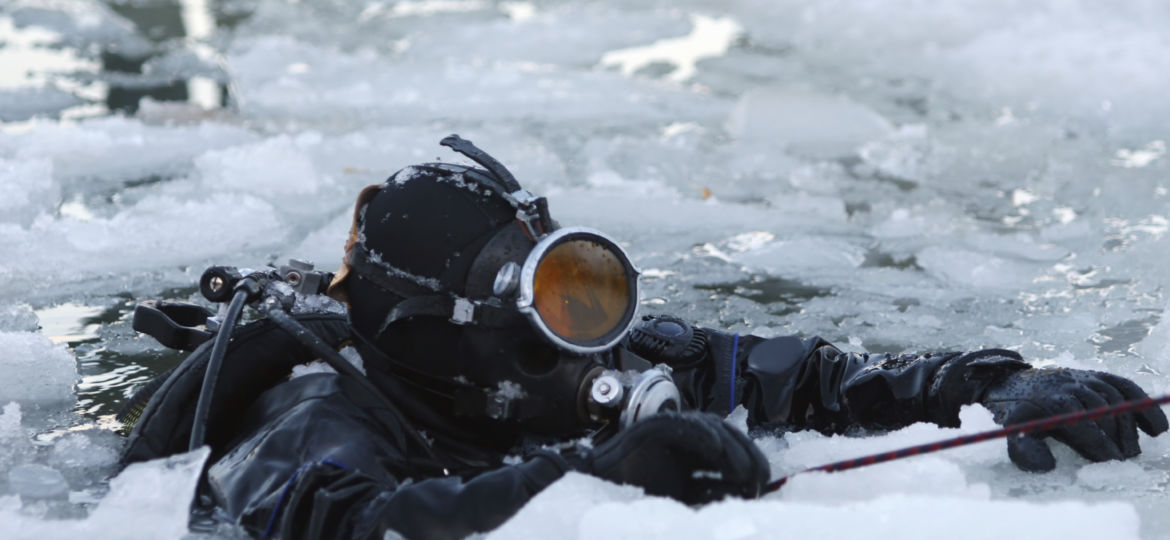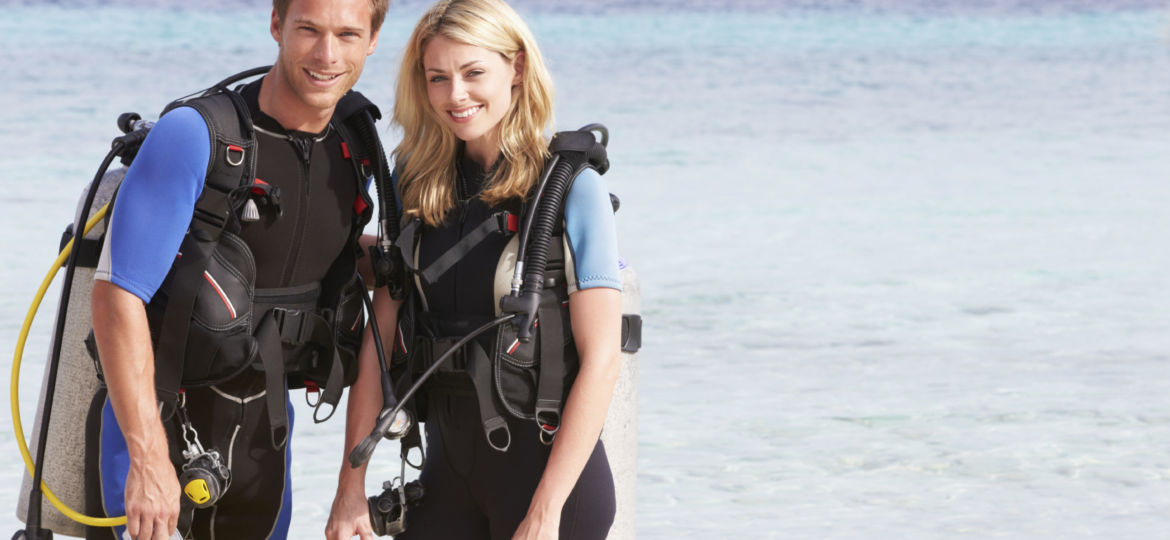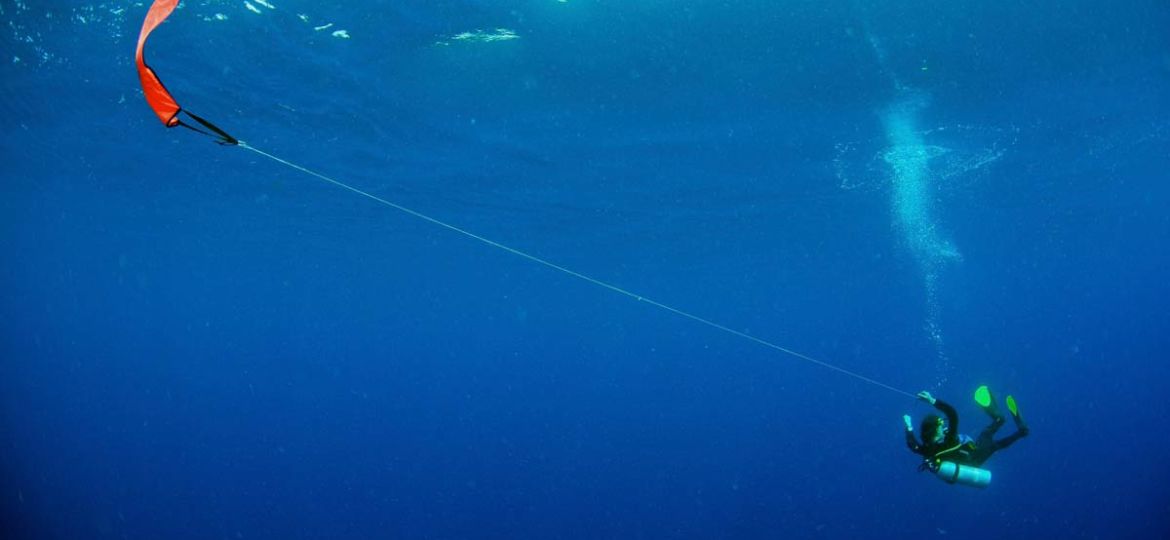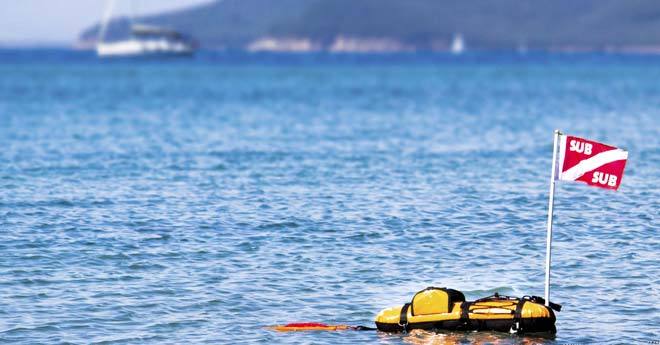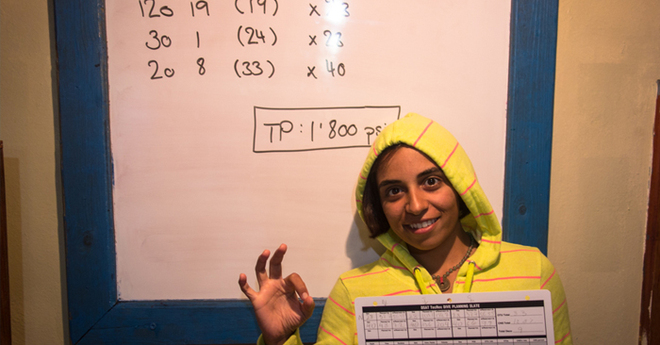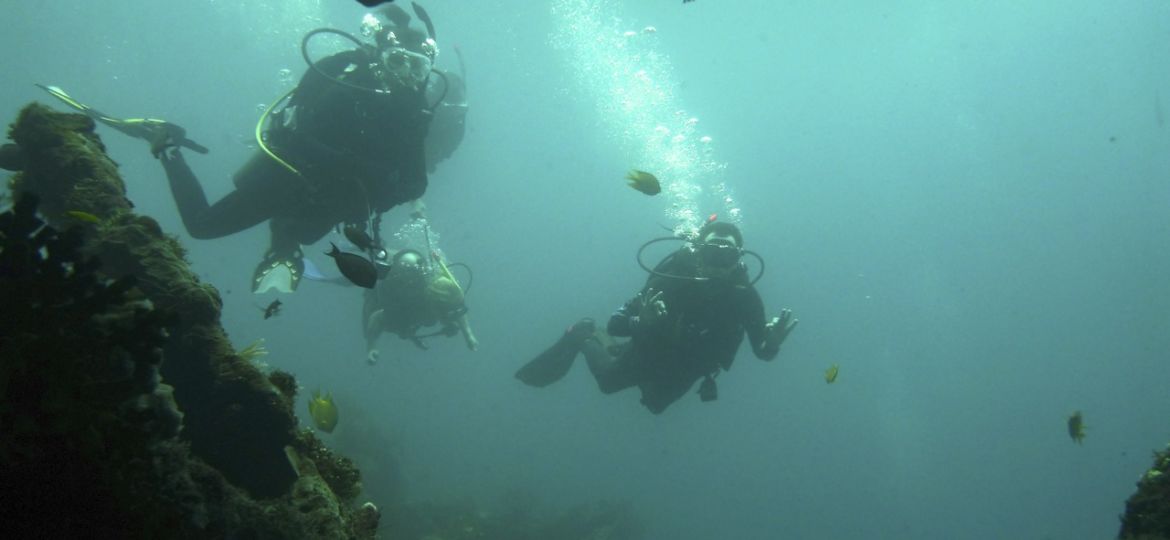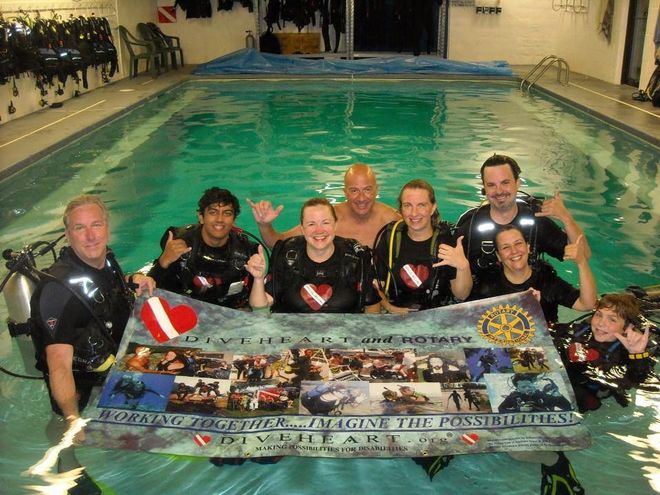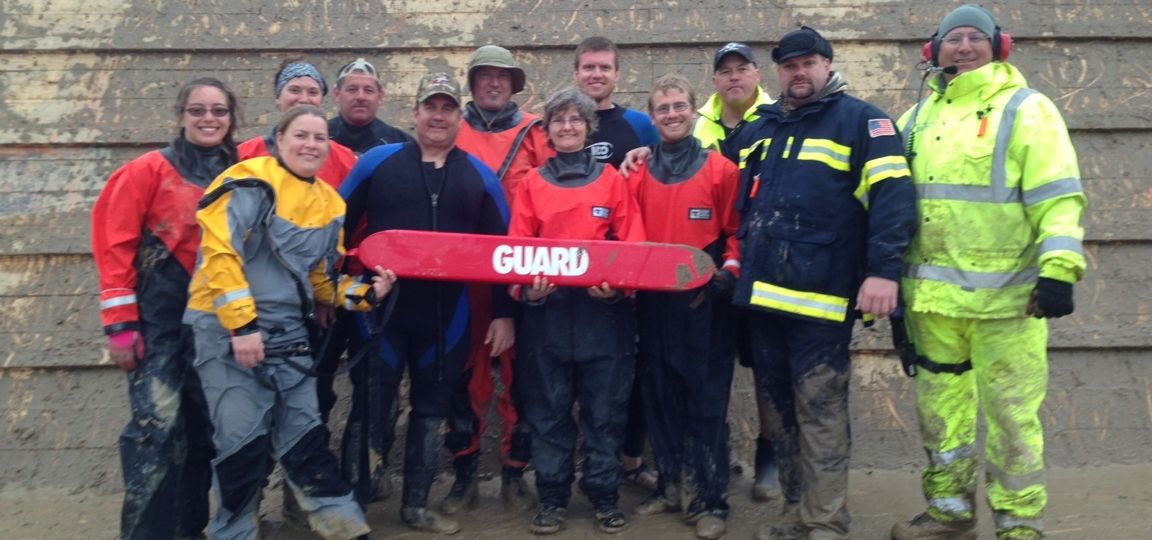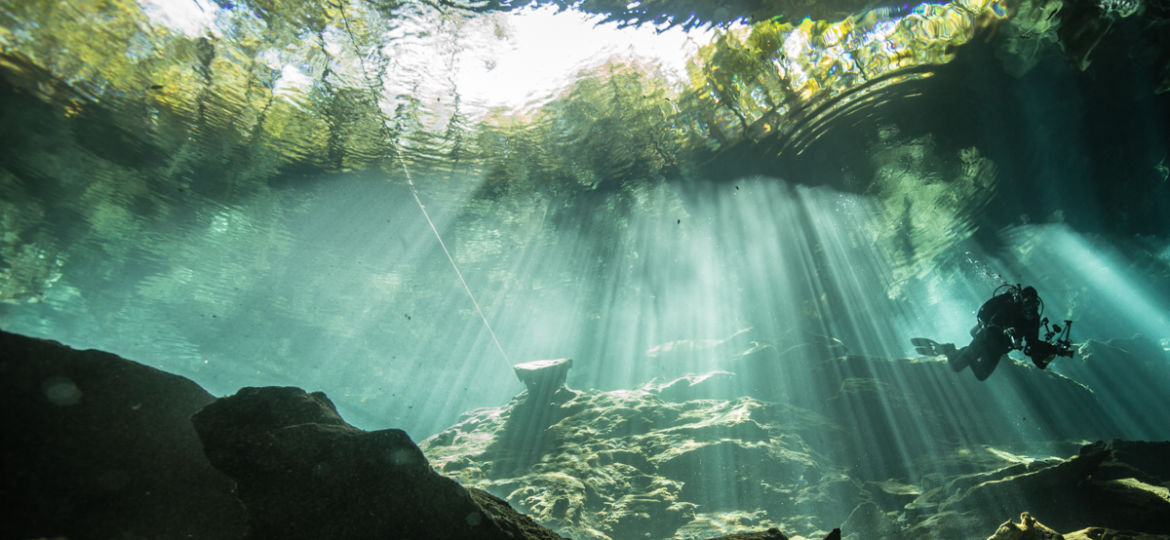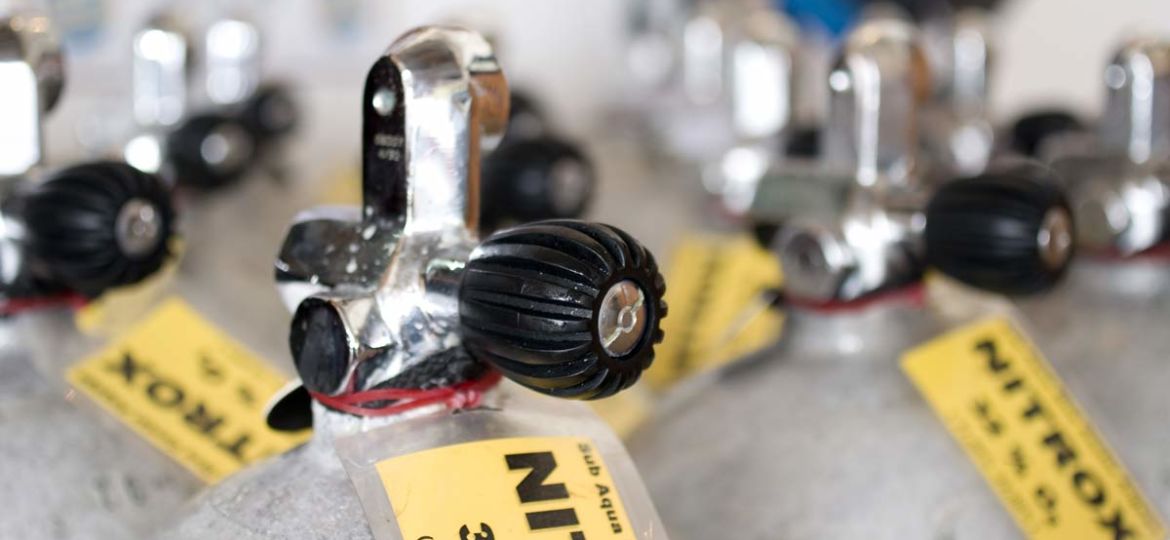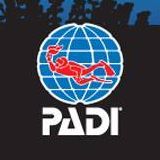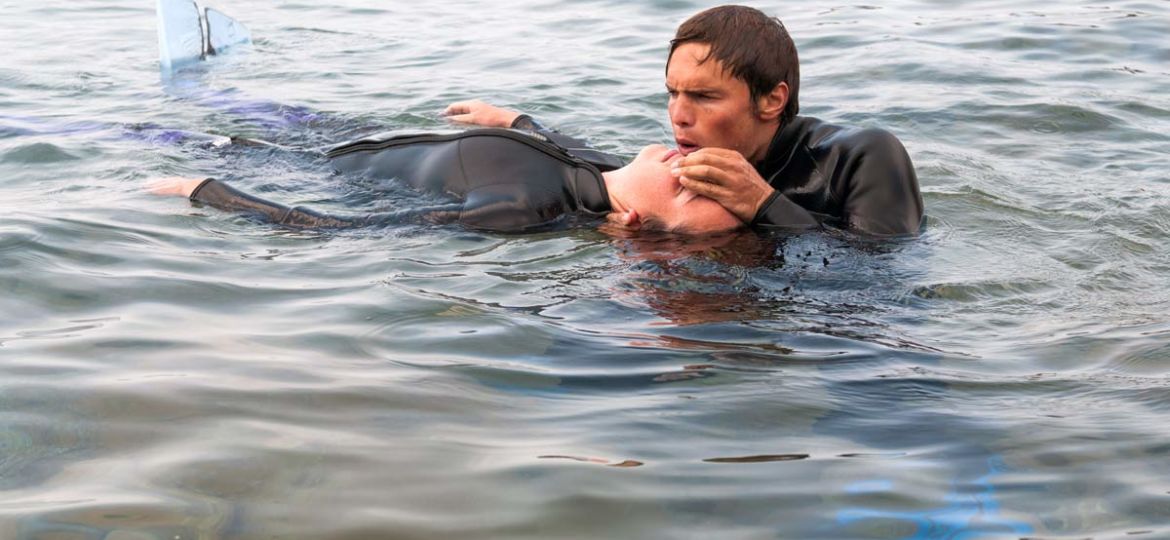Back home! I spent the last few weeks in Egypt, diving in the Red Sea. Blazing sun, 95- degree weather, 82-degree water and loads of tropical fish made my home waters seem very far away.
Training
Diving isn’t all tropical reefs and colourful fish. As summer turns to autumn, diving becomes an increasingly cooler activity for many divers
With people adopting an ever-increasing range of equipment configurations, the buddy check is more important than ever.
None of us wants to call a dive, but in order to stay safe (and have fun), it’s best to know your limits.
Have equalization for diving issues prevented you from trying it out? Or forced you to abort dives? Here are a few hints and tips that will help.
If you are an accomplished enough diver to go off on your own with a buddy and dive, it is important for you to use a dive flag.
There are a variety of tools available to assist in planning your dive and many modern computers include both a timing device and a depth gauge.
Where we reside in Nebraska, the nearest ocean is thousands of miles away, so it’s rare for kids to get a glimpse of scuba divers emerging from the water.
Talk to each other. Learn about each other’s experience level and last dive.
Good buoyancy is a vital component of any diver’s skill set. Here are some of our top tips for controlling your buoyancy.
For many divers, scuba quickly becomes a compelling way of life. But for some people, diving does not come so easily, and there are many obstacles to overcome.
Welcome back to this guide on selecting the best divemaster course.
Amphibious Medics thrive in water…it’s where we originally took our name from.
So you’ve decided to take the next step in your dive training and go for divemaster…
The definition of tech – or technical – diving is surprisingly vague, considering its popularity.
Nitrox is becoming increasingly popular, with more and more divers and dive centers regularly using it.
As an avid diver, I have come to appreciate some of the exclusive benefits afforded to me as part of the fulfilling sport of diving.
What’s the point of those dreaded surface drills in entry-level dive courses that require removing and donning the BCD and weight belt, respectively?


